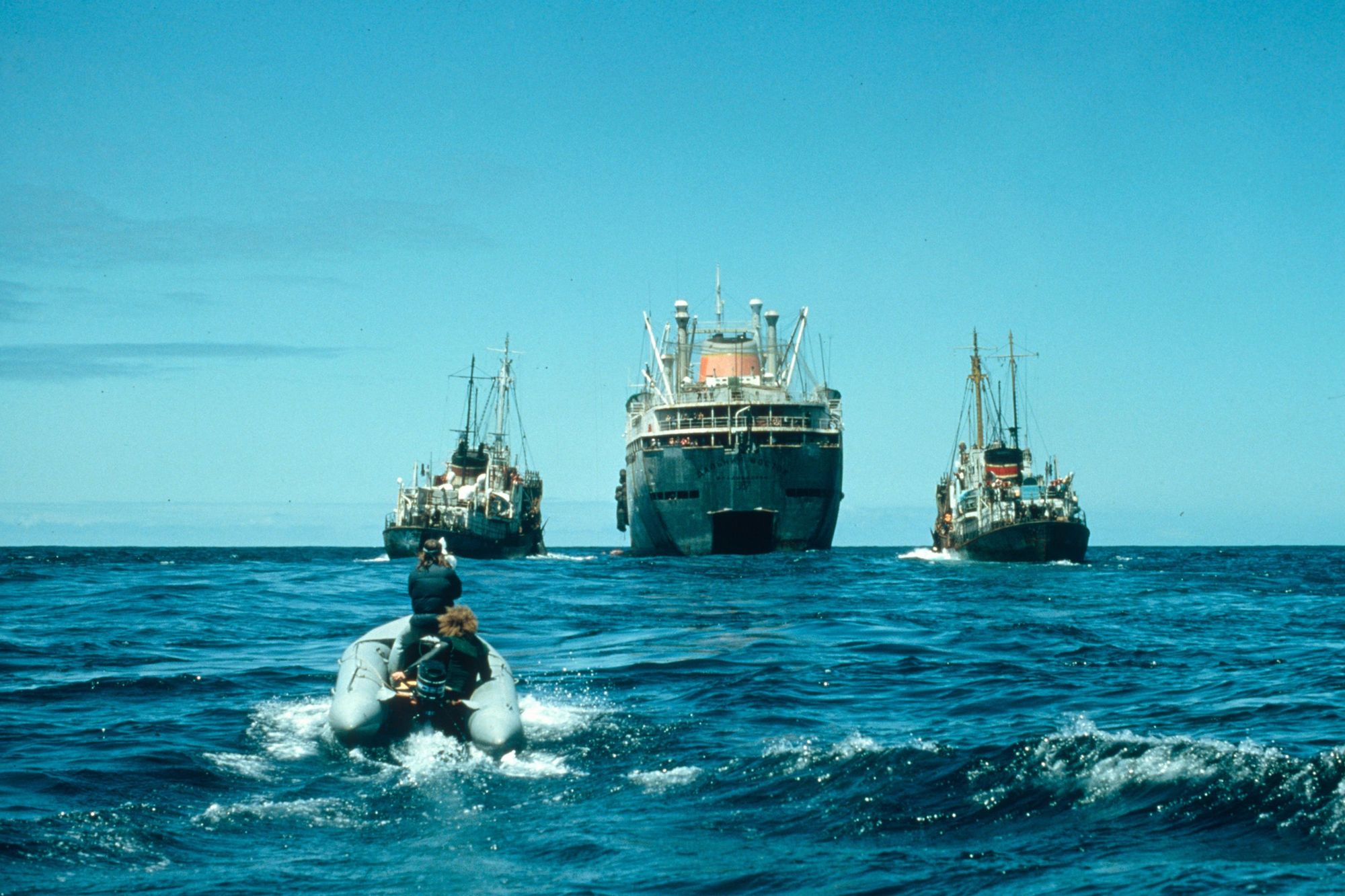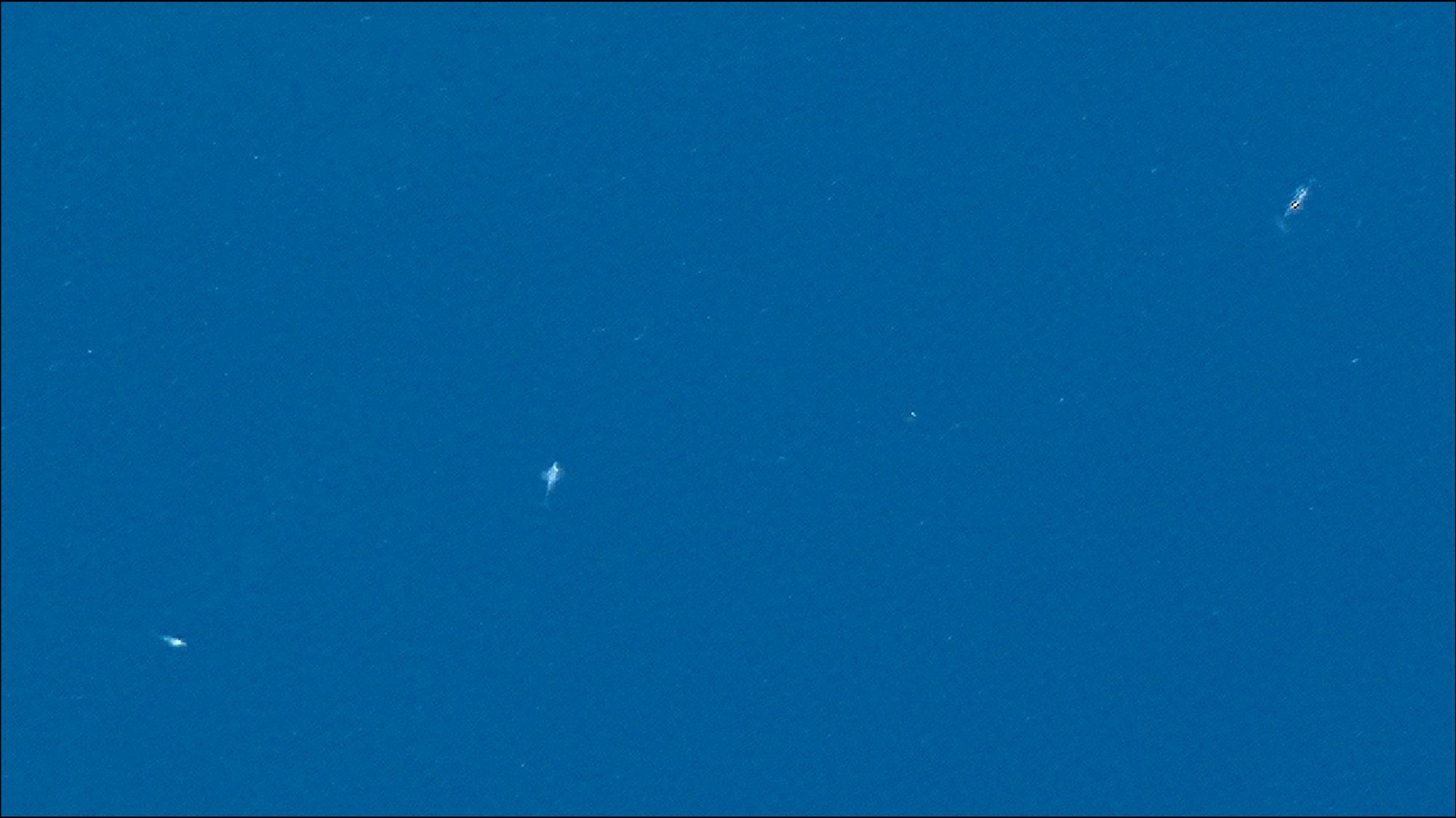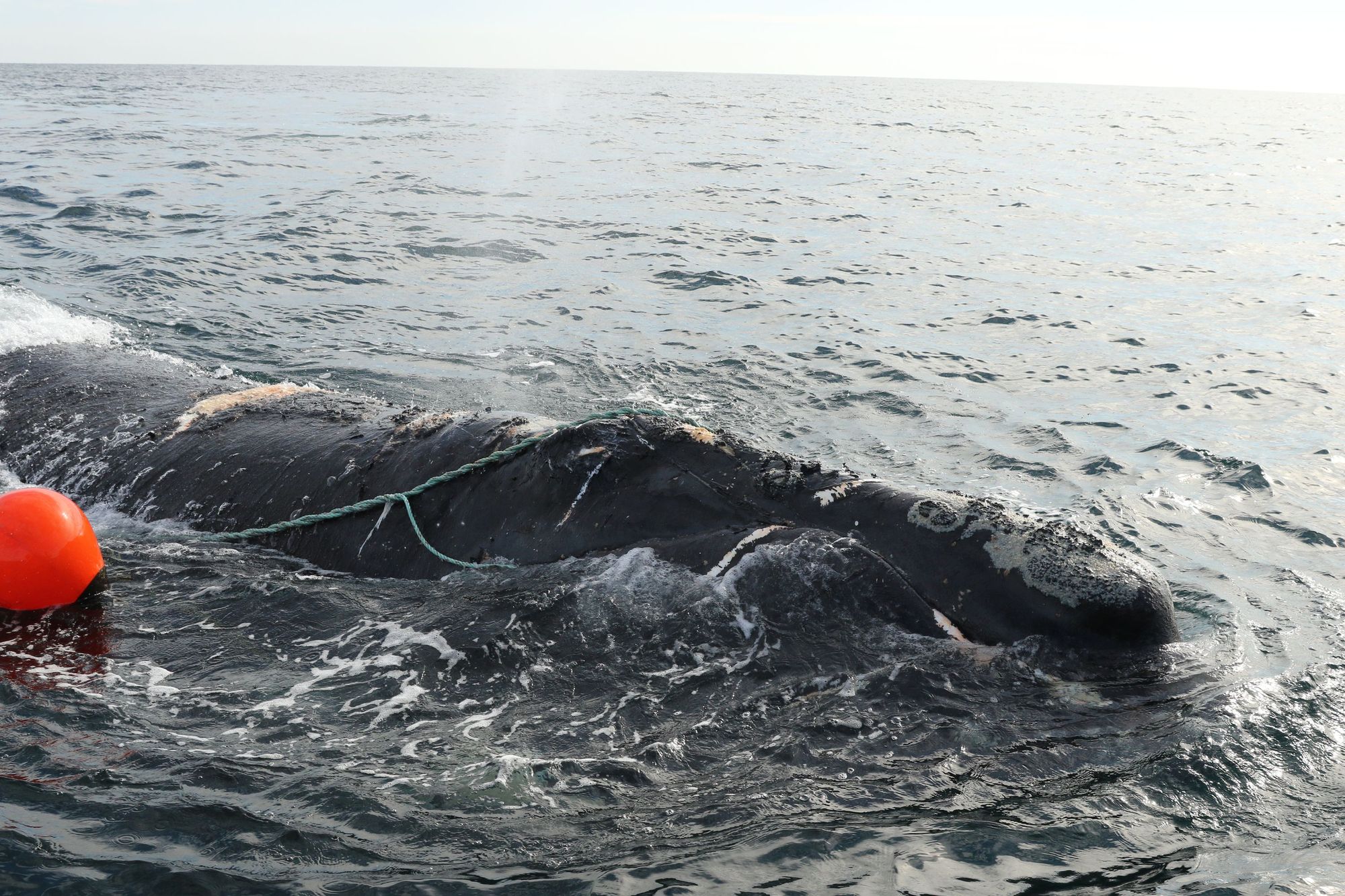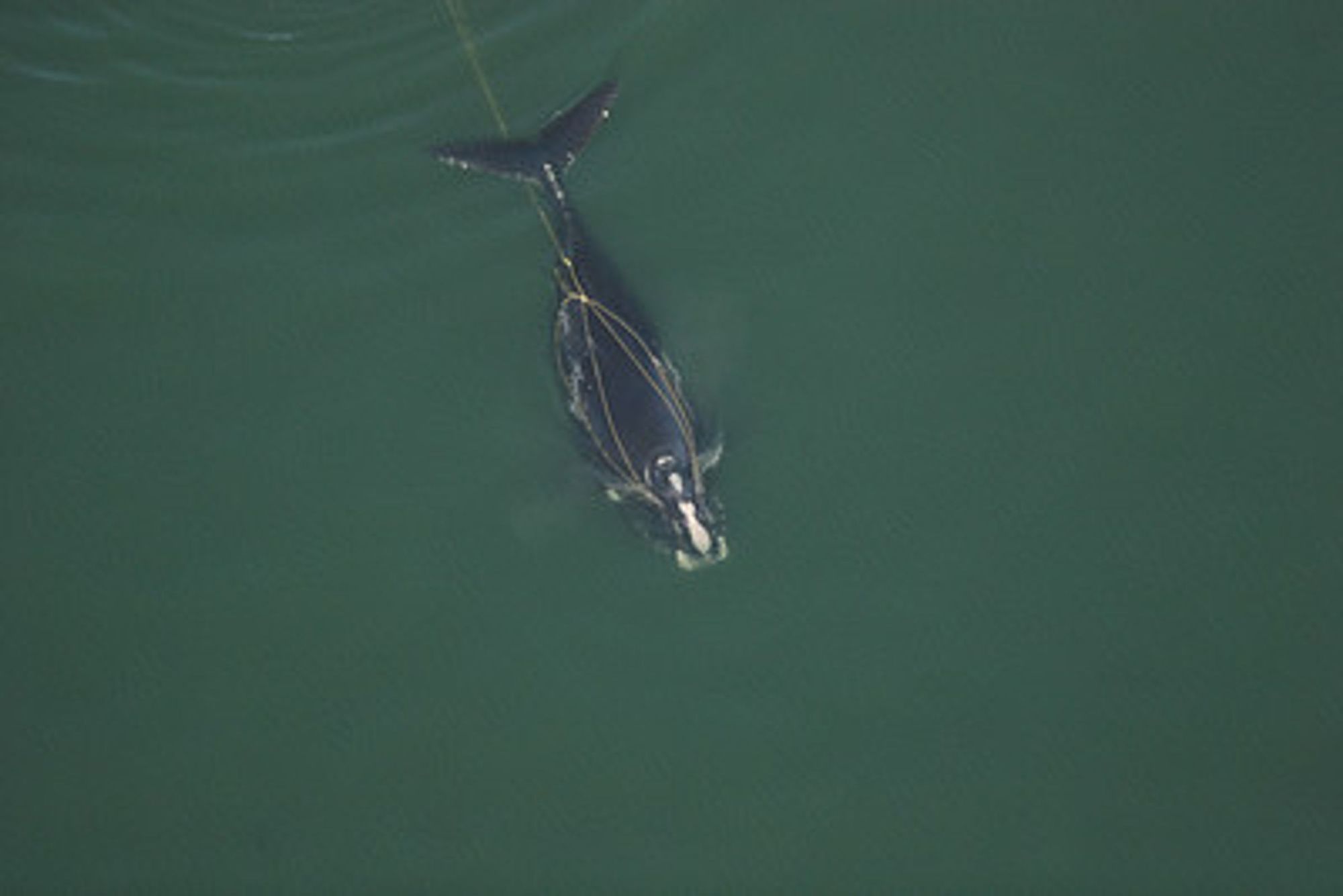Save the Whales (Again)
Whales don’t like rock music. At least according to the late musician Mel Gregory, who was part of a crew of men hoping to establish communication with them. It was 1975, six years after biologists Katy and Roger Payne first heard a humpback sing. A hydrophone, a battery-powered underwater microphone, was lowered off the Phyllis Cormack ship below the wavy surface off Vancouver Island. Music filled the sea, and crew members reported that “the whales became friendly.” Gregory, who helped equip the hydrophone, had said, “They get classical music and jazz, but no rock. Whales don’t like rock.”
The experimental concert was during the early days of Greenpeace and was part of their first campaign, Project Ahab. Still considered a fledgling organization, the founding members were architects of many direct actions to combat the killing of whales.
That June of 1975, they confronted a 160-foot Russian hunting ship the Dalniy Vostok, and over the ship’s loudspeaker serenaded hundreds of men on deck with the eerily beautiful humpback whale songs collected by Payne’s team. Affected or not, the whalers went on whaling, but now the world was paying attention.

Caught on film, 60 miles off the coast of Eureka, California, two men from Project Ahab, George Korotva and Bob Hunter, maneuvered themselves in a rubber speedboat between the same ship’s harpoon and a sperm whale, becoming the first human beings in history to put their lives on the line for whales. Soaring over and narrowly skirting them, “the harpoon, with its grenade head, gouged through 20 inches of blubber on the back of one of the whales and detonated,” as reported by the New York Times.
“It had never been done before but we were doing it now,” wrote captain Paul Watson who went on to found Sea Shepherd Conservation Society. “Placing human lives, our own, between the hunted whale and the whale hunter. We were proud traitors to our species with the innocence to believe that somehow, someway we could reach our fellow man with a message to end the whale wars and to silence the harpoon cannons.”
The men of Project Ahab helped ignite a worldwide movement to save whales. While the threats from harpoons has decreased from the 1970s, existential threats now come from commercial fishing gear and ship collisions. Whales are treated as collateral in our ocean economics. Today, scientists work furiously to engage the industrial threats and, more broadly, to once again establish the urgent need to save whales for their own sake and for the vitality of our planet. We are rushing to rescue, record, photograph them from space, and to communicate with them through artificial intelligences—all in a scramble as we watch them disappear.
WHEN WHALES WERE PRODUCTS
The sea once teemed with whale families: warm-blooded, air-breathing mammals, notably intelligent, cultured, and loyal. By simply carrying out their biological functions, they hold a star part, a deep ecological significance to the oceans’ balance of life. Even their poop plays a leading role. Known more quaintly as “marine snow,” it flows as nutrients to the deep sea. With each whale gone, we lose the nurturing of smaller life forms like plankton who in turn provide an abundance of oxygen for our atmosphere. All these interactions strengthen that magical cord we call the “web of life.” The sea needs whales if there is to be climate stability.
“The oceans used to be very different only a century ago,” explains Matthew Savoca, postdoctoral researcher at Stanford University’s Hopkins Marine Station. “Large baleen and sperm were the dominant consumers in many ocean ecosystems. At the turn of the 20th century, there were more whales on the planet by weight than humans.”
American whalers were prolific and pioneering, as bloodthirsty as anyone in the business. In the mid-1800’s, the United States owned 640 whaling ships, more than the rest of the world put together and tripled. At its height, the whaling industry contributed $10 million (in 1880 dollars) to the GDP, enough to make it the fifth largest sector of the economy. The money was good and the emotional sophistication of a whale was inconvenient. It’s not convenient for products to have feelings.
At the beginning of the Industrial Revolution, whale products were used excessively to light homes and make soap. A newspaper clipping from the Hartford Daily Courant (1853) advertised thousands of gallons of Sperm Whale Oil for sale by a company named Savage & Co.—right above the purchase of Sugar-House Syrup and Java Coffee, a typical item on a grocery list. Turning whales into products became a backbone of daily life in the Northeastern states in the early-mid 1900s. By the First World War, we had perfected killing them and leaned on that know-how to support British troops. 58,000 whales perished for oil to make smokeless explosives, their blubber used to rub on the feet of men stuck in trenches, a measure against rotting flesh. Soldiers kept warm around whale oil stoves. In the 1960’s, Americans consumed whale liver oil as a source of vitamin D.

In a spasm of public outrage, partly thanks to stunts from rubber-boat vigilantes, there was a boycott of whale products leading to an official ban in 1971. That same year, George Small’s The Blue Whale won the National Book Award for the Sciences. Small explains that the species once “enjoyed immunity” from hunting given their speed and range until new harpoon technologies brought on ruthless slaughter, especially in the Antarctic where they congregate in the summer to feed on krill. The advent of gruesome technologies meant the largest animal to ever inhabit Earth was no longer safe from the maws of factory ships.
He estimated that there were “under 200 of these magnificent mammals left” in the 1970’s and that “if they escape extinction it will be a miracle.” Today, the global population of all five subspecies is estimated between a few thousand and 14,000, according to the Marine Mammal Center, a pathetic remnant of their original abundance. Not sure if Small would consider that a miraculous number, but it’s something considered they were nearly hunted into oblivion. Still, the number is critically low when the threats remain so very high. Over three million whales were killed in the 20th century alone, legally and illegally across the globe. Today six out of the thirteen great whale species are classified as endangered or vulnerable, after decades of protections.
It was—and is—desperate times for whales.
SAVE THE WHALES: FROM SENSELESS EXPLOITATION TO SUBJECTS OF SCIENTIFIC INQUIRY
Katy and Roger Payne’s whale recordings from the 60’s and 70’s provided convincing evidence of the deep intelligence of the species. Here were animals capable of music, and what else? Our view of whales was rapidly changing from a game animal to the darlings of a burgeoning environmental movement.
“By opening a window on the minds of whales, the singing of humpbacks provided an unexpected connection to human sensibilities,” said Katy Payne, now a researcher in the Bioacoustics Research Program at the Laboratory of Ornithology at Cornell University. “For the whales' songs are beautiful to humans as well as to whales. Commercial whaling was brought to a halt by the outcries of people who were listening to voices of the animals themselves. What did they hear? Not the pains of the persecuted, but the symphony of life in the ocean, a vast, non-violent mystery that had not been recognized before. They heard each population's song shared among singers and unique to each time period, they realized that every singing whale was engaged in imitation and creativity and knowing this led to a peaceful revolution: a change in who humans were in relation to these animals. The slaughter became unthinkable because we were hearing the singing.”
Peter Corkeron, a senior scientist at the New England Aquarium, told me “Much of that change was driven by the recognition of their song, their intelligence, and their social lives—whales became something more than vast living tubs of oil.”
In general, cetaceans—whales, dolphins, porpoises—are exceptionally social as their communications reflect. Sperm whales use coded clicks with each other. These powerful clicks are the loudest sounds made by any animal, capable of stunning their prey to death. Project CETI (Cetacean Translation Initiative), a new nonprofit organization founded by a team of world-class scientists, is attempting to decode the communications in communities of Sperm whales off Dominica. The team applies artificial intelligences and machine learning to recordings of their vocalizations, classified as codas, to map patterns. These clicks seem to signal social affirmations in specific dialects. Project CETI, a 2020 TED Audacious Project, plans to produce “the first-ever blueprint of another animal’s language,” and “perhaps even talk back” one day. Roger Payne is the Principal Advisor, continuing his efforts to understand language under the sea.

"We’re at a crazy moment in human history where we can benefit from listening to nature and harnessing teamwork and interdisciplinary problem solving to build a sustainable future,” said David Gruber, project CETI President. “Whales and whale songs have inspired us since the 1970’s, sparking the Save the Whales movement and the end of large-scale whaling. Project CETI is building on this legacy and hopes to demonstrate that anything is possible when people come together for a greater cause—even decoding the language of the sperm whale, a fellow mammal with the largest brain on earth."
Pretty much everything about the lives of whales still eludes us, but we try to grasp the unknowns. They spend 99 percent of their lives underwater beyond what our traditional observational tools can glean. We spy on whales underwater with bioacoustic recorders. We fly above in small planes to survey their habits and preferences around the coastlines. We tag them and tag the birds who will likely lead us to them because they depend on the same rich hotspots of swarming fish. We even use satellite images to glimpse their whereabouts in the outer reaches of the oceans, clues in the mysteries of their migrations.
This is science at its best. “Affecting our collective imagination is when science does most good,” said Corkeron. “The prosaic stuff that we mostly think of as science just fills in some gaps.”
HOW WE LOSE THEM NOW
Our society’s willingness to tolerate countless animal deaths for short-range economic gain is harming and killing the vestiges of whales today in alarmingly high numbers. The oceans are so cluttered by our debris that whales can’t migrate or forage without running into fishing lines and ships.

The grand challenge of protecting whales from these built-in industrial threats impedes attempts to conserve them. Sometimes conservation managers, like the National Marine Fisheries Service, are charged with the dizzying task to both save whales and monitor fisheries. “The conflict of interest is just embedded. It's baked into the national fisheries. It's baked into how everything gets done,” said Corkeron.
“The main killer is entanglement in fixed gear, mostly lobster,” explains senior National Oceanic and Atmospheric Administration (NOAA) scientist David Wiley of the American fisheries. “If we don’t fix that, Right whales will go extinct in our lifetime. It doesn’t get more urgent than that. I could never believe that a whale like that could go extinct in our lifetime, that it was a possibility, and here it is staring us in the face.” An estimated 85% percent of the North Atlantic Right whales will become tangled in fishing gear in their lifetime, and 70% of those whales will get tangled again—compromising every part of their lives from feeding to breeding. Researchers tally these deaths as “inadvertent.” They are slowly dragged and cut through by fishing lines in an excruciatingly painful death. Their drawn-out suffering in fishing lines is arguably worse than their agony when blasted by an explosive harpoon.
Veterinarian Michael Moore of Woods Hole Oceanographic Institution has spent his career performing necropsies on whales to determine the cause of death. He said it’s not so simple to divide the world into good guys and bad guys. “If I was a Japanese or Norwegian whaler and looking at the US and Canadian lobster and crab fisheries constricting and slowly killing these animals, I’d say ‘wait a minute guys, who's got the opinions here?’” An estimated 300,000 whales and dolphins are killed globally each year as a result of the poorly regulated fishing industry compared with the few thousand taken by hunters. One dead endangered Right whale deserves a headline; the impending demise of the entire species—there are only about 400 individuals remaining—captures our collective failure to halt an industrial economy responsible for destroying life on Earth.
According to the annual Fisheries of the United States reports released by NOAA, lobster adds about half a billion dollars to the commercial US fishery profits each year. Despite the massive profits, there is no budget anywhere to be found to radically transform the industry by supplying it with lineless technologies, known to be effective, and would spare countless whales.

“The technology exists, it’s expensive,” explains Wiley. “The lobster industry is decentralized, each person is their own domain so to speak. They aren’t rolling in dough. To shell out tens of thousands of dollars to save Right whales isn’t fair. Yet, we are the richest country in the world with one of the most iconic occupations in the world, lobster fishing, and we have one of the rarest large whales on the planet, the Right whale. Why as a society can we not solve that? There’s no reason we can’t solve this. We know the problem. We know the solutions. We don’t have the social or political will to do it, which is really frustrating.”
NOAA’s fisheries division found that, to avoid extinction, the population cannot afford even a single death a year, but since 2017, 31 deaths have been reported. “If we cannot do this—a problem that's really as simple as getting ships to slow down and coming up with better ways to manage fisheries—then how are we going to manage everything that has to happen for society to work so that we don’t turn the planet into Venus?” said Corkeron.
“The optimist in me looks for some degree of ethical conscience that there should be a way to have your lobster roll and save the whales,” said Moore. “I believe you can. It’s just a question of who is going to pay for it. There is a limit to how much we can abuse the global system and we have to learn or we are toast.”
After centuries of unbridled carnage, the scattered survivors swim seas littered with death traps. Waters we’ve dirtied and bloodied with insensate greed. We live in a world where whales are worth more dead than alive. Until that changes, we will continue to see their deaths as unfortunate byproducts of lucrative industries. Our commitment to short-term profits at all costs, even death, has brought on a human-induced extinction event. Keystone species like whales are bookends, holding up the stories of many other species. Topple enough bookends, destroy enough pages, and the story of the ocean will be a bleak one. More than ever, in an increasingly unstable climate, our fates are bound with the fates of whales. Will we acknowledge the realities of our shared existence in time? By doing so, we gain a chance to understand their profound cultures, songs, and brilliance.
Subscribe to Broadcast